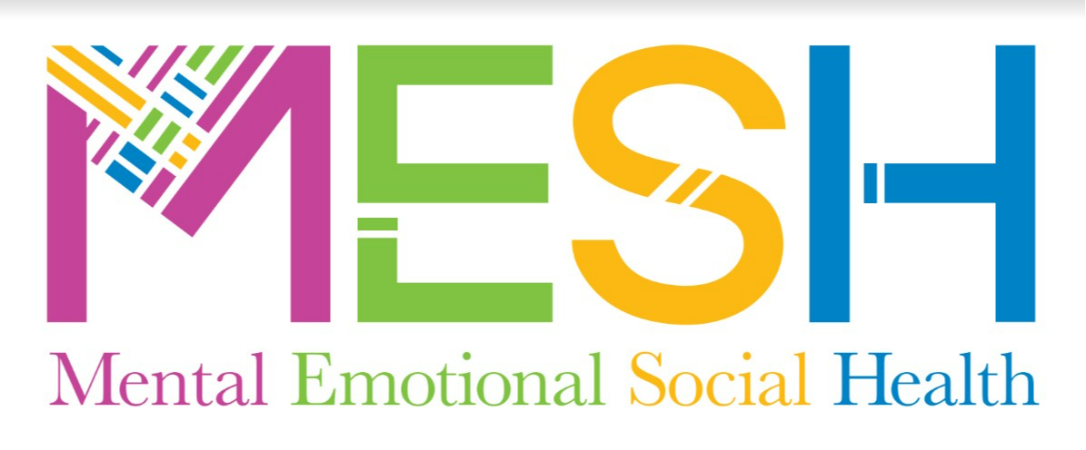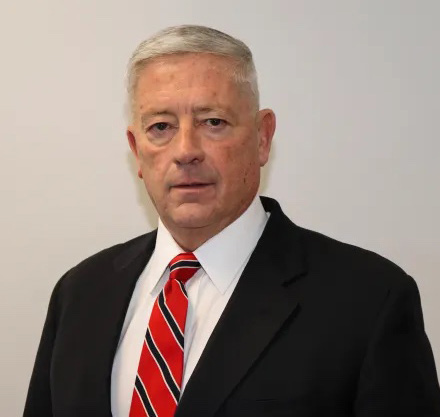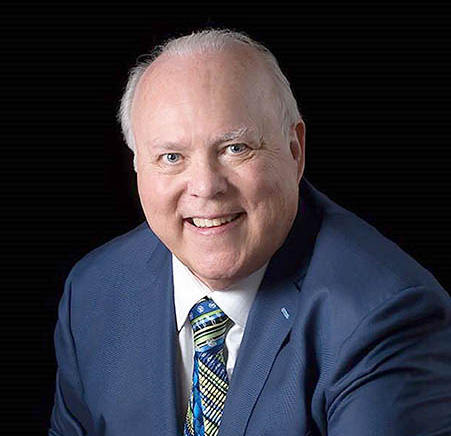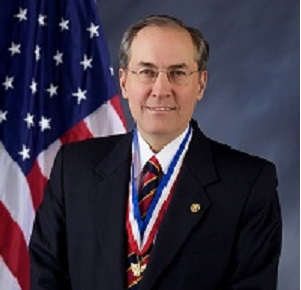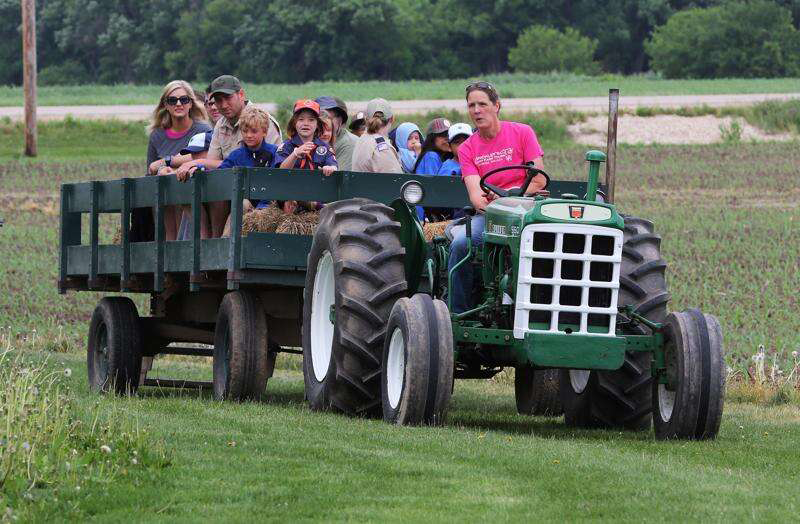
Safety
As the weather begins to cool and the season changes, now is the time that many of our units and councils are looking toward the holiday season and fall festivals. Many of these events include parades and hayrides or wagon rides. While these events are approved for Scouts of all ages there are a few things you need to remember in planning and executing a parade or hayride as a part of your camp or unit program.
In most circumstances the transportation of passengers in the back of a pickup truck or on a trailer is prohibited. The Guide to Safe Scouting specifically discusses the exception for hayrides and parades. (see Guide to Safe Scouting – Parade Floats and Hayrides)
So let’s start with a few SAFE tips for hayrides and parades:
Supervision: Active adult supervision is required for all Scouting activities, but especially ones where vehicles are involved. It’s a good idea to have leaders spread throughout your trailer, wagon, or truck bed near the open areas (like the access to the trailer, wagon or tailgate) to help with any unexpected bumps.
Assessment: Ensure that everyone is safe in the trailer or truck bed and that you are following the instructions listed in the Guide to Safe Scouting.
- Transportation to and from the parade or hayride site is not allowed on the truck or trailer.
- Those persons riding, whether seated or standing, must be able to hold on to something stationary.
- Legs must not hang over the side.
- Flashing lights must illuminate a vehicle used for a hayride after dark, or the vehicle must be followed by a vehicle with flashing lights.
Fitness and Skill: This involves not only the participants but the driver as well. All drivers of the tow vehicle need to be familiar with the proper procedures for towing vehicles. Additional training may be involved if the tow vehicle is a tractor or other farm type equipment.
Ensure all youth and adults who are participating in parades (especially if walking) are fit enough for the parade route. Many parades have elevation changes and some are lengthy so a health evaluation is important before you begin.
Equipment and Environment: Look at the equipment you are using for your hayride or parade and ensure that it meets the requirements for Scouts.
- Make sure no one can hang their legs over the side.
- Ensure that there is something stationary for everyone to hold onto even if seated.
- Keep an eye out for weather as the fall season changes rapidly. Make alternate plans if there is inclement weather forecast.
- Ensure that the trailer is properly secured to the tow vehicle. This could include proper sized tow hitch, chains and other safety measures.
- Ensure all participants are dressed properly for the weather and activity. If you are walking in the parade ensure that Scouts and leaders have water and proper footwear for the parade route.
Hayrides and parades are meant to be fun, but we, as leaders, must ensure they are safe, too. By following the Guide to Safe Scouting, you can make sure your Scouts are having the time of their lives, whether they’re waving to the community from a parade float or enjoying a hayride through a fall festival.




